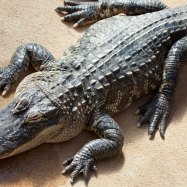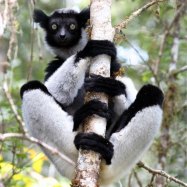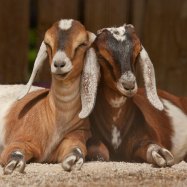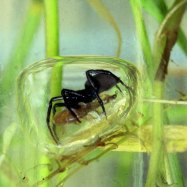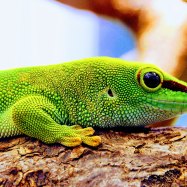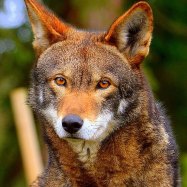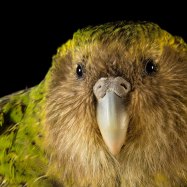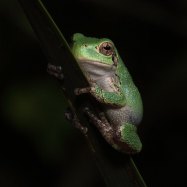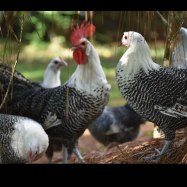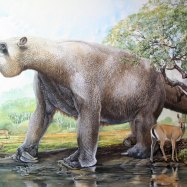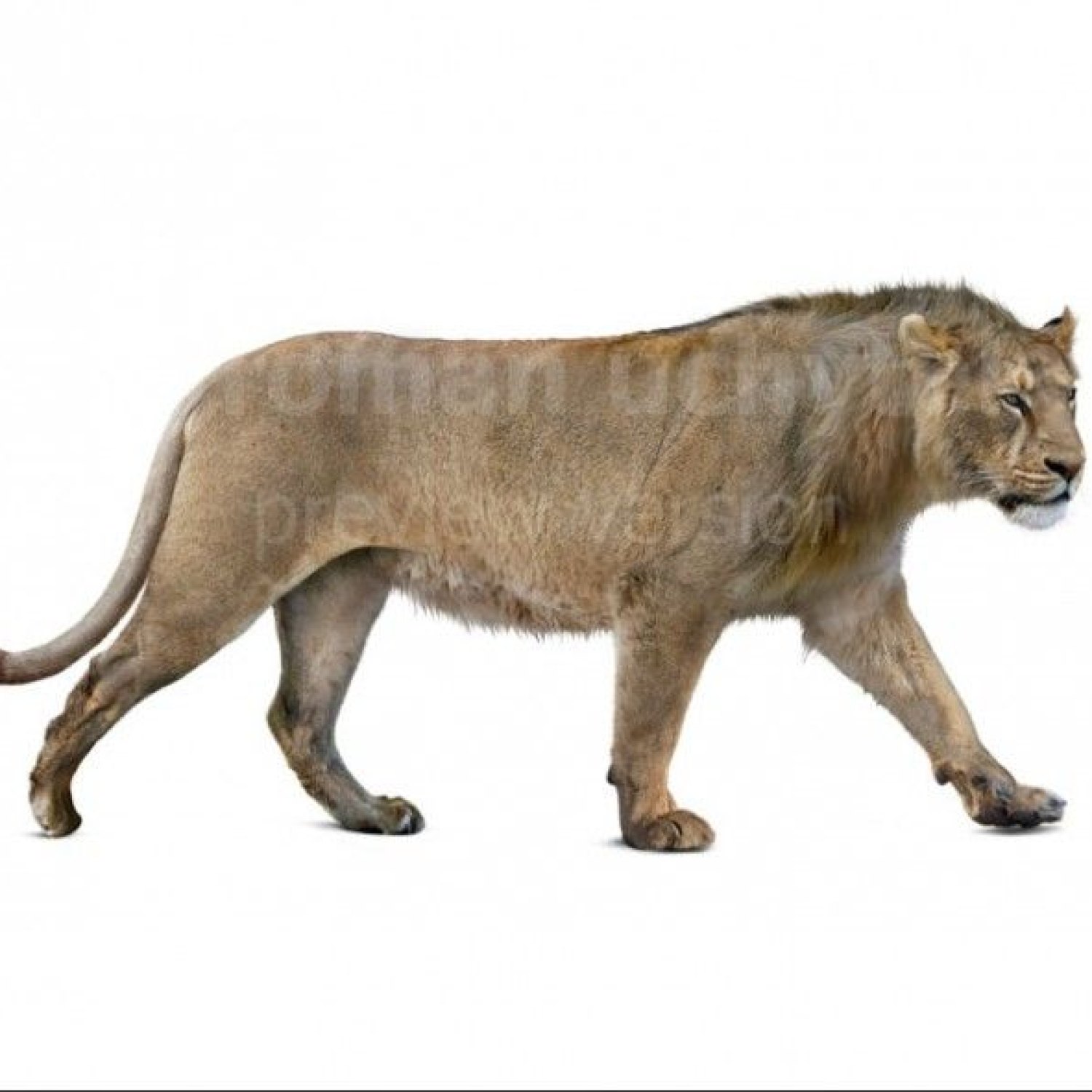
Panthera Atrox
7 to 8.5 feet
Panthera Atrox, also known as the American Lion, is a large and muscular feline species that roamed North America during the Pleistocene era. Measuring around 7 to 8.5 feet in length, these majestic creatures were part of the Felidae family. Unfortunately, they went extinct around 11,000 years ago due to climate change and human activities.
Animal Details Summary:
Common Name: American Lion
Kingdom: Animalia
Habitat: Grasslands, savannas, and forests
The Fascinating American Lion: A Closer Look at Panthera Atrox
The animal kingdom is full of majestic and fascinating creatures, each with its unique characteristics and abilities. Some of them may have gone extinct, but their legacy continues to fascinate and intrigue us. One such creature is the Panthera Atrox, also known as the American Lion.Scientifically named Panthera atrox, the American Lion is a member of the Felidae family, famously known as the largest cat that ever existed in North America Panthera Atrox. It is also the only species of lion that has ever roamed the continent. Let's take a closer look at this extraordinary animal and uncover its secrets.
The American Lion's Taxonomy
As mentioned earlier, Panthera Atrox belongs to the family Felidae, which includes cats such as tigers, leopards, and domestic cats. Its scientific name, Panthera Atrox, is derived from the Greek word "panthera," meaning "panther," and the Latin word "atrox," meaning "cruel" or "fierce."Physical Characteristics
The American Lion was a true giant, with a length of 7 to 8.5 feet, making it significantly larger than today's African lions. It stood at 4 feet tall at the shoulder and weighed between 330 to 880 pounds. Its physical appearance was similar to today's African lion, but its size was much more massive.The American Lion had a tawny coat, with a reddish hue, making it appear more fiery than its African counterpart Polish Chicken. Its coloration helped it blend seamlessly with its environment, making it an efficient predator. Its body was muscular and powerful, designed for hunting and taking down large prey.
Habitat and Distribution
The American Lion was mainly found in North America, giving rise to its common name. It roamed freely in grasslands, savannas, and forests, making it a versatile predator. Its large size and powerful body made it well-adapted to living in these different environments.It is believed that the American Lion's range extended from Canada to Mexico, covering most of the continent. There have also been reports of its presence in parts of South America, but these remain unverified.
Feeding Habits
As a member of the Felidae family, the American Lion was carnivorous, meaning it mostly fed on meat. Its large size meant that it needed a substantial amount of food to sustain itself. It is believed that the American Lion primarily fed on large herbivores, such as bison, elk, and horses.Its powerful body and sharp claws and teeth made it an efficient hunter. Its hunting strategy was similar to modern-day lions, where females did most of the hunting while the males protected the territory.
Extinction
The American Lion's reign was cut short, and it is believed that it went extinct around 11,000 years ago. There are several theories as to how this happened, such as climate change, the arrival of humans, or disease. However, the exact reason remains a mystery.The disappearance of the American Lion left a void in the ecosystem, which is yet to be filled. Some researchers believe that if it were still roaming the Americas today, it would have been at the top of the food chain, even surpassing the grizzly bear.
The American Lion's Impact on NLP and AI
The American Lion may have gone extinct, but its legacy continues to live on through research and technological advancements. Its fossilized remains have been used to study the evolution of lions and other big cats, providing valuable insight into their behavior and adaptations.In the field of natural language processing (NLP) and artificial intelligence (AI), the American Lion has made a significant impact. Its fossilized bones have been used to train and test algorithms that can recognize and classify different animal species accurately. This has also enabled researchers to develop virtual reconstructions and simulations of the American Lion's environment and behavior.
In Conclusion
The American Lion may have disappeared from the face of the earth, but its existence continues to fascinate and intrigue us to this day. Its sheer size and power made it one of the most dominant predators that ever existed, and its legacy continues to live on in the technology and research fields.As we continue to learn more about the American Lion, its impact on the ecosystem and our understanding of evolution, we must also remember to preserve and protect the remaining lions and other big cats in the world. Not only are they a crucial part of our planet's biodiversity, but they are also a reminder of the majestic creatures that once roamed the earth, like the American Lion.

Panthera Atrox
Animal Details Panthera Atrox - Scientific Name: Panthera atrox
- Category: Animals P
- Scientific Name: Panthera atrox
- Common Name: American Lion
- Kingdom: Animalia
- Phylum: Chordata
- Class: Mammalia
- Order: Carnivora
- Family: Felidae
- Habitat: Grasslands, savannas, and forests
- Feeding Method: Carnivorous
- Geographical Distribution: North America
- Country of Origin: United States
- Location: North America
- Animal Coloration: Tawny with a reddish hue
- Body Shape: Large and muscular
- Length: 7 to 8.5 feet
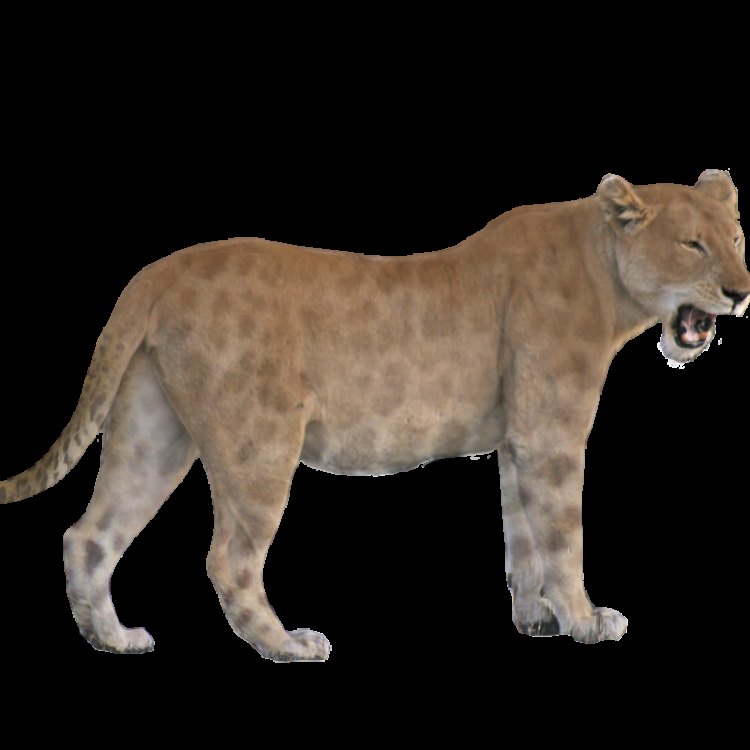
American Lion
- Adult Size: Similar to a modern lion
- Average Lifespan: Unknown
- Reproduction: Sexual
- Reproductive Behavior: Polygamous
- Sound or Call: Roaring
- Migration Pattern: Unknown
- Social Groups: Unknown
- Behavior: Similar to modern lions
- Threats: Habitat loss and human activities
- Conservation Status: Extinct
- Impact on Ecosystem: Unknown
- Human Use: Hunted by early humans
- Distinctive Features: Longer legs and larger body than modern lions
- Interesting Facts: One of the largest known felids
- Predator: None, apex predator

Panthera atrox
The Mighty Panthera Atrox: A Lost Giant Among the Felines
In the grassy plains and woodlands of North America, around 2 million years ago, roamed one of the largest and most powerful predators that ever existed – the Panthera Atrox. Commonly known as the American lion, this magnificent creature was part of the Megafauna, a group of large animals that dominated the landscape before the arrival of modern humans.Much like its name suggests, the Panthera Atrox belonged to the genus Panthera, which includes modern-day big cats such as lions, tigers, leopards, and jaguars. However, unlike its modern relatives, this large feline has long been extinct, leaving behind only fossilized remains and stories of its immense power PeaceOfAnimals.Com.
Adult Size: Similar to a Modern Lion
The Panthera Atrox was estimated to be similar in size to its modern cousin, the lion. Males were thought to reach lengths of up to 10 feet and a weight of around 660 pounds, while females were slightly smaller in size. Its large size suggests that it was an apex predator, meaning it had no natural predators in its ecosystem.
Average Lifespan: Unknown
Due to its extinction, the average lifespan of the Panthera Atrox remains a mystery. However, based on the lifespan of modern-day large cats, it is estimated that this mighty feline could have lived up to 15 years in the wild.
Reproduction: Sexual
The Panthera Atrox followed a sexual mode of reproduction, where a male and a female would mate to produce offspring. The females would give birth to a litter of 2-4 cubs, who were then raised by their mother until they were old enough to hunt alongside the pride.
Reproductive Behavior: Polygamous
Similar to modern lions, the Panthera Atrox was believed to be polygamous, meaning that males would mate with multiple females in a pride. This behavior allowed for a larger gene pool and a higher chance of survival for their offspring Pachycephalosaurus.
Sound or Call: Roaring
The sound of a lion's roar is famously known as the king of the jungle’s signature call. The Panthera Atrox shared this same trait with its modern cousin and was known to communicate through deep, powerful roars that could be heard from a distance.
Migration Pattern: Unknown
Panthera Atrox's migration pattern remains a mystery, as there is limited fossil evidence to support it. It is believed that they may have followed their prey, such as the now extinct horses and bison, during seasonal migrations.
Social Groups: Unknown
There is little information about the social behavior of the Panthera Atrox, as there is limited fossil evidence to support it. However, it is theorized that they may have lived in prides, much like modern-day lions, where females would raise cubs together and males would defend their territory.
Behavior: Similar to Modern Lions
Based on fossil evidence, scientists believe that the Panthera Atrox had similar behavior patterns to modern lions. They were skilled hunters, working together in prides to take down large prey. They were also social animals, living in family units and exhibiting affection and protection towards their kin.
Threats: Habitat Loss and Human Activities
Unfortunately, the Panthera Atrox, like many other Megafauna, became extinct due to human activities such as hunting and habitat loss. Around 10,000 years ago, as humans migrated and spread throughout North America, the population of the Panthera Atrox began to decline drastically. As a result, their once vast habitat shrank, and their primary food sources dwindled. This, coupled with hunting by early humans, ultimately led to their extinction.
Conservation Status: Extinct
In 1970, the International Union for Conservation of Nature (IUCN) declared the Panthera Atrox to be extinct. Despite efforts to protect and preserve its fossils, the American lion remains only a distant memory, existing only in the form of bones and drawings.
Impact on Ecosystem: Unknown
The Panthera Atrox's role in the North American ecosystem remains largely unknown due to the lack of fossil evidence. However, as an apex predator, it is believed that they played a crucial role in controlling the population of their prey species and maintaining the balance of the ecosystem.
Human Use: Hunted by Early Humans
The Panthera Atrox was a valuable resource for early humans, who used its bones, fur, and meat for survival. Fossil evidence suggests that Native Americans hunted these magnificent creatures, and their bones have been found in ancient campsites, indicating that they were a vital part of early human diets and cultures.
Distinctive Features: Longer Legs and Larger Body than Modern Lions
One of the most distinctive features of the Panthera Atrox was its larger, more powerful body. Its longer legs and larger stature gave it a more intimidating appearance than modern lions. This adaptation was likely due to its role as an apex predator, allowing it to take down larger prey.
Interesting Facts: One of the Largest Known Felids
The Panthera Atrox was undoubtedly one of the largest cats to exist, even larger than the modern African lion. It is thought to have been an incredibly fearsome and powerful predator, with its large size and muscular build. Its massive skull and teeth have been found in various locations across North America, cementing its place as one of the largest known felids.
In conclusion, the Panthera Atrox, or the American lion, was a truly remarkable and majestic creature. Despite its extinction, it continues to fascinate scientists and capture the imagination of people worldwide. Its powerful roar and incredible size make it a symbol of strength and power, and its legacy lives on through remnants of its once-great presence in the wild. The story of the Panthera Atrox serves as a reminder of the fragile balance between humans and nature, and the impact we have on the world around us. Let it also be a reminder of the importance of conservation and protecting our planet's diverse and magnificent creatures.
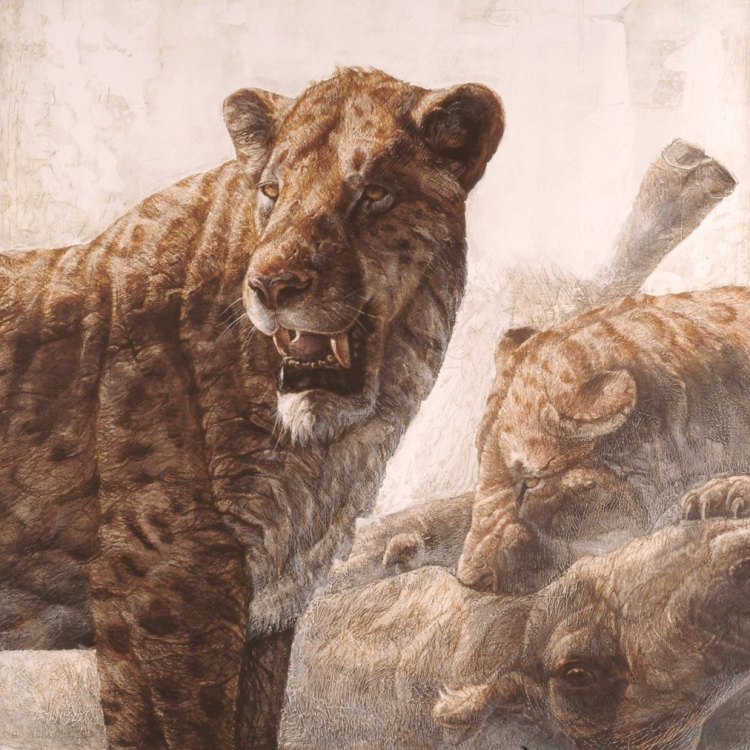
The Fascinating American Lion: A Closer Look at Panthera Atrox
Disclaimer: The content provided is for informational purposes only. We cannot guarantee the accuracy of the information on this page 100%. All information provided here may change without prior notice.

